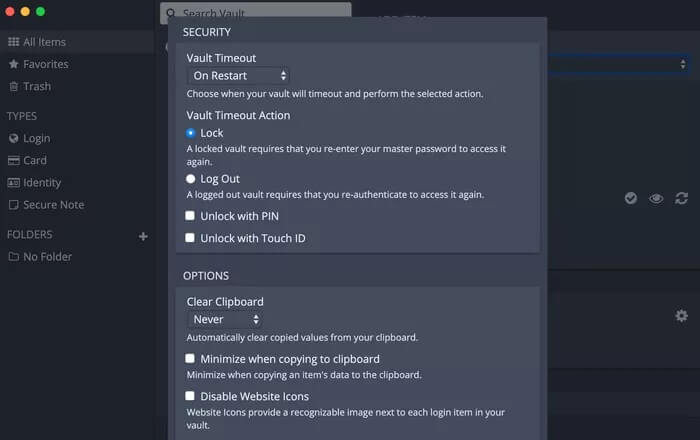

It’s important for a password manager to be able to run seamlessly on all your devices, to be able to adapt as gracefully as possible to different combinations of hardware and software, and to be usable with the most popular web browsers to be truly effective.Įnjoying effective password management shouldn’t be the equivalent of learning a whole new language.


We took a careful look at the kinds of cross-compatibility each of these solutions provide. For example, there’s added protection with two-factor authentication that requires a master password and a code specific to a device you’ve previously used. Secure two-factor authentication: Two-factor authentication is an increasingly common standard for securing online passwords, but the specific forms it takes can vary in their degree of security against intrusion.An up-to-date approach to security: A password manager that’s up to date with current best practices should not, for example, allow for passwords of eight characters or less and should be able to detect if a hacker has possibly used a rootkit to gain administrative access to a device.Strong encryption: The software should guard your data on your password manager’s server, on your own computer and while it’s in transit from one to the other, and it should be tested by a third-party security audit.They’re both tasked with the secure storage of what you need and value the most. There are five key features we looked for in comparing Dashlane and 1Password, both of which are popular options for password management.Ī password manager is to your online existence like the lock on your front door is to your home’s physical security.


 0 kommentar(er)
0 kommentar(er)
